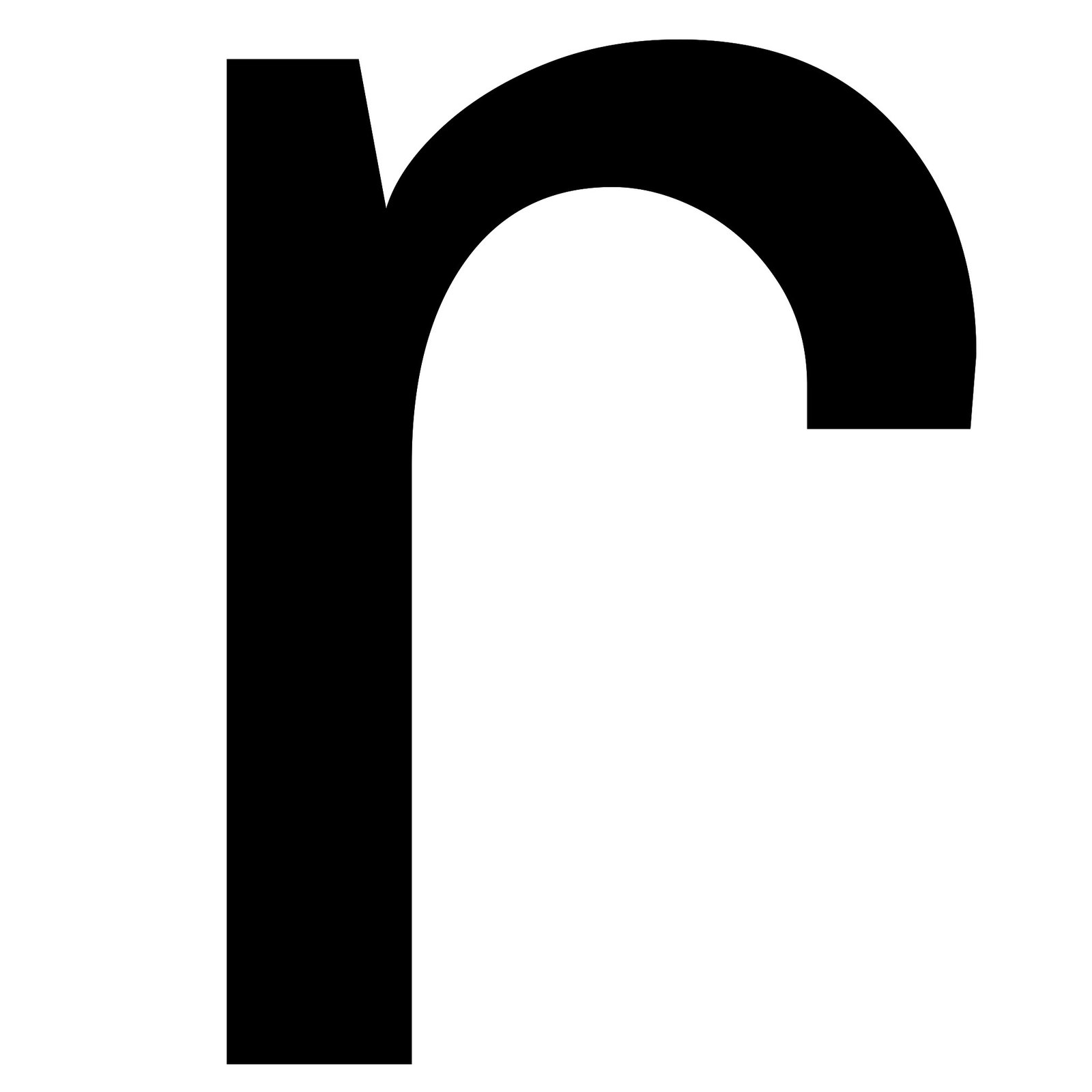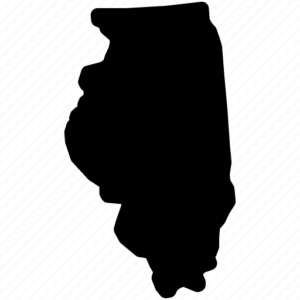(a) Except as provided in paragraph (b) of this Rule, the taking of photographs in the courtroom during sessions of the court or recesses between proceedings and the broadcasting or televising of court proceedings are permitted only to the extent authorized by order of the Supreme Court. For the purposes of this rule, the use of the terms “photographs,” “broadcasting,” and “televising” includes the audio or video transmissions or recordings made by telephones, personal data assistants, laptop computers, and other wired or wireless data transmission and recording devices. This prohibition does not extend to areas immediately adjacent to the courtroom, but courts may by order regulate or restrict the use of those areas where the circumstances so warrant.
(b) The foregoing prohibition is not intended to prohibit local circuit courts from using security cameras to monitor their facilities. Additionally, photography and/or video in the following situations are explicitly permitted
(1) Where permitted pursuant to a court order under the Supreme Court’s Extended Media Coverage Policy;
(2) In any proceeding conducted remotely pursuant to Rules 45 and 241 and any other rules governing remote appearances;
(3) To live broadcast any proceeding that is conducted remotely, or at which remote attendance is permitted;
(4) If permitted by the judge, and on such conditions as ordered by the judge, for ceremonial events such as marriages, investitures, and graduations in problem solving courts;
(5) If permitted by the judge, for parties and counsel to make a copy of a court order or other paperwork received in court;
(6) If permitted by the judge, to make a broadcast available to interested persons, such as victims of crime or persons who have a statutory right to be present during court proceedings but who do not wish to attend in person.
(c) Nothing in this Rule permits the photographic recording, digital capturing, or other recording of a remote proceeding or a court broadcast of a proceeding except (1) a recording by the court or at the court’s direction or (2) pursuant to the terms of an order approving extended media coverage.
Adopted December 16, 2020, eff. immediately.
Committee Comments
(January 1, 2023)
Effective January 1, 2023, Rule 63 is repealed and replaced by the adoption of the Illinois Code of Judicial Conduct of 2023. Comments below are retained to document Rule 44’s history.
(December 16, 2020)
The prohibition against photographing courtroom proceedings was formerly part of Supreme Court Rule 63. It has been relocated and expanded for a number of reasons. First, Rule 63 is a part of the Canons of Judicial Ethics, and the matters covered by this Rule are not predominantly related to judicial ethics. Second, the increased use of remote court appearances required that the Court provide additional guidance for the use of live streaming court appearances to preserve public access to the courts. Finally, the process of revising the Rule brought to light other instances in which courtroom photography or video are already permitted or are otherwise desirable.
APPENDIX
M.R. No. 2634.
Order entered April 16, 2007; amended February 2, 2017.
Any security cameras installed in the courtrooms in the various circuits shall be in accordance with the following standards; (1) security cameras are to be placed in areas of the courtroom such that there is no video recording of the jury or witnesses; (2) audio recordings of the proceedings are prohibited in connection with security cameras; (3) use of such cameras is limited to security purposes and any video tape produced therefrom shall remain the property of the court and may not be used for evidentiary purposes by the parties or included in the record on appeal; (4) security cameras shall be monitored by designated court personnel only; and (5) signs shall be posted in and outside of the courtroom notifying those present of the existence of the court surveillance.
All recordings from security cameras monitoring court facilities are the property of the local circuit courts and are deemed to be in the possession of the local circuit courts notwithstanding actual possession by another party.

